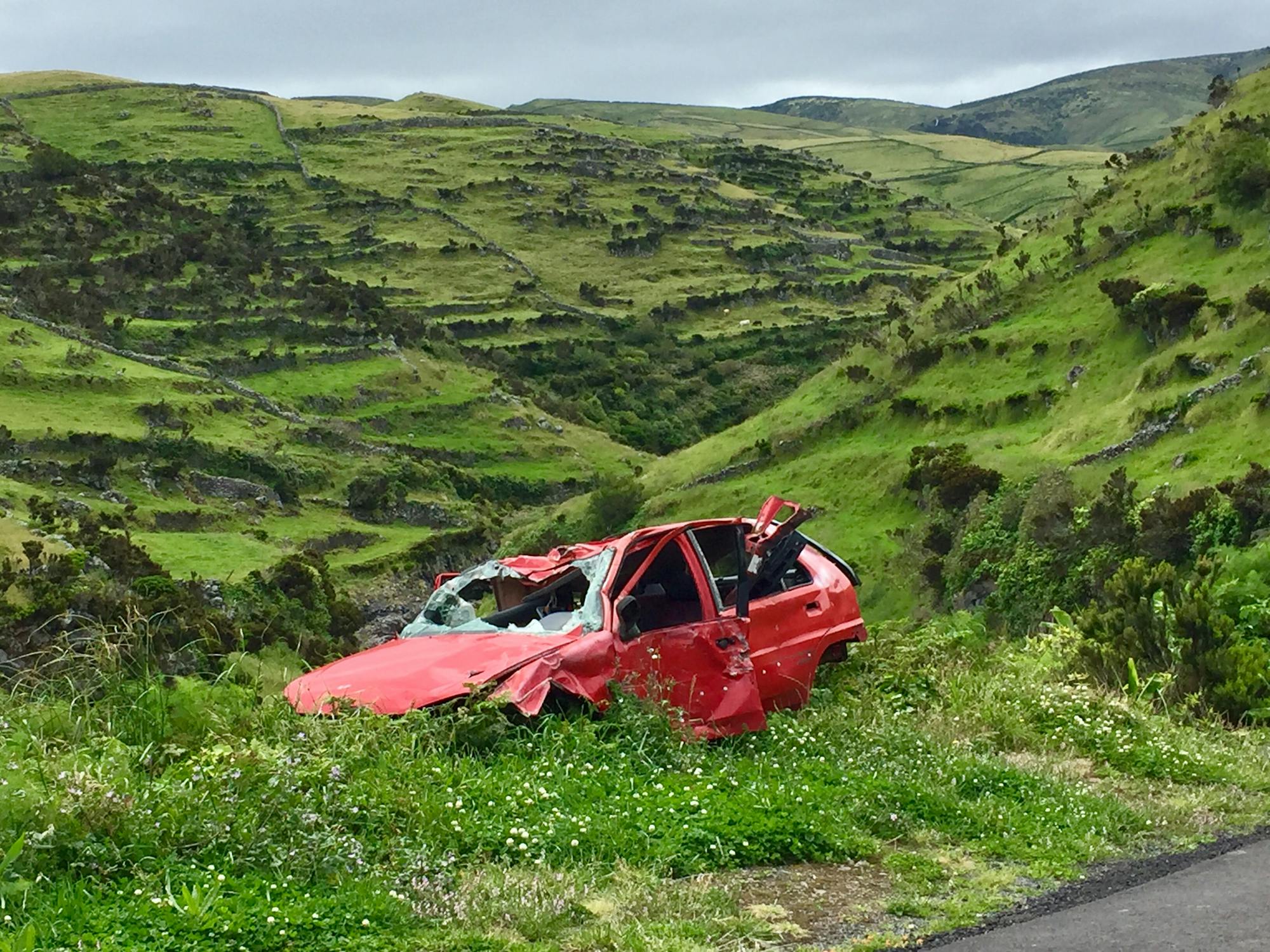Being involved in a car accident can be a traumatic experience on its own. Consider a recent crash in Fayetteville, Arkansas, on Thanksgiving, 2023. According to KATV news, the driver of an SUV thought he was in reverse and ran into a fitness studio. The accident resulted in nine injuries. This incident itself would be very traumatic for the driver and the injured people.
However, what makes it worse is being falsely accused of causing the collision. False accusations in car accidents are not uncommon and can have serious consequences, both legally and personally. Knowing how to navigate these situations assertively is essential for safeguarding your rights and ensuring justice prevails.
In this article, we’ll delve into practical strategies and steps you can take to manage false claims following a car collision. It will help you transform from being accused to assertively defending your innocence.
Understanding the Impact of False Accusations
False car accident accusations can arise for various reasons, including misunderstandings, biased witnesses, or even deliberate attempts to shift blame. Let’s consider this another Arkansas accident from November 21, 2023.
As covered by Arkansas Online, two accidents occurred on this day. In one of the accidents, a 66-year-old man was killed by a Ford car. There was another 26-year-old female who was injured in this collision when she tried to stop the man who got killed. Now, what if it would seem like the 26-year-old woman caused the accident due to some misunderstanding?
Regardless of the cause, being falsely accused can have significant repercussions. It can lead to legal battles, financial burdens, increased insurance premiums, and damage to your reputation. Moreover, false accusations can take a toll on your mental and emotional well-being, causing stress, anxiety, and frustration.
Steps to Take When Falsely Accused
The first thing you need to do is stay calm and composed. The moments following a car accident can be chaotic and emotionally charged. However, staying calm and composed is crucial, as is avoiding confrontations or arguments with other parties. Losing your temper or reacting impulsively can escalate the situation and harm your case.
Gather evidence from the accident scene as soon as it’s safe. Take photographs of the vehicles involved, the damage sustained, and any relevant road conditions. Obtain contact information from witnesses who can provide unbiased accounts of what transpired. Additionally, document any injuries you or your passengers may have sustained.
Next, quickly report the collision to your insurance provider and the police. Tell them the whole truth and all the details of the incident. Be ready to give your side of the story, but avoid assigning blame or assuming the other person’s motivations.
If you’re facing false accusations, consider consulting with a qualified attorney specializing in personal injury and car accident cases. According to Keith Law Group, an experienced lawyer can assess the details of your situation and provide valuable legal advice. He or she can also advocate on your behalf throughout the claims process.
You can look for any local lawyer with a profound knowledge of all the local rules and regulations. A local attorney may also know the law enforcers, which can help gather evidence. So, considering the same Arkansas example above, suppose you were falsely accused in Fayetteville. In that case, you should hire a Fayetteville car accident attorney for help with your case.
Another thing is to keep thorough records of all communications, including emails, letters, and phone calls related to the accident. Save receipts for any expenses incurred from the collision, such as medical bills, vehicle repairs, or rental car fees. These documents can serve as crucial evidence to support your case.
Challenging False Allegations
False accusations in car accidents are not uncommon. In fact, they are one of the top insurance frauds in South Carolina.
As Insurance Business America states, South Carolina ranks 13th on the list of states where staged vehicle accident reports are common. Such false claims can lead to losses of millions of dollars. Data shows that the US loses around $145 billion annually due to car collisions and accident-related insurance fraud.
This shows that false accusations can be very common. However, you can challenge false accusations. Your lawyer can help you with this.
You can start by disputing the fault determination. In cases where the fault is disputed, be prepared to challenge the other party’s version of events. Provide evidence, including eyewitness testimonies, photographs, and expert opinions, to counter false allegations and establish your innocence.
If witnesses have provided statements supporting the false accusations, conduct a thorough investigation to uncover any biases or inconsistencies. If available, obtain additional witness statements or surveillance footage to corroborate your account of the accident.
Consider enlisting the expertise of accident reconstruction specialists or forensic experts in complex cases where liability is contested. These professionals can analyze the evidence and provide expert testimony to refute false claims and demonstrate the true sequence of events.
Frequently Asked Questions
What Happens When People Lie About Car Accident?
When individuals falsely accuse others of being responsible for a car accident, it can have significant legal and financial ramifications. These false claims can cause stress, damage reputations, and even result in unwarranted financial compensation being awarded to the accuser.
What Is the Punishment for False Accusation?
The punishment for making false accusations in a car collision case can vary depending on the jurisdiction and the severity of the false claims. Sometimes, it may result in civil penalties, such as fines or restitution payments to the wrongly accused party. In more severe cases, criminal charges for perjury or filing a false police report may be pursued.
Why Do People Make False Accusations?
People may make false accusations following a car accident for various reasons. These motivations can range from attempting to shift blame and avoid responsibility for the accident to seeking financial gain through insurance settlements.
Personal vendettas, misunderstandings, or misinterpretations of events can also lead to false accusations. Understanding the underlying motivations behind false claims is crucial in effectively managing them and protecting oneself from their consequences.
To conclude, being falsely accused of causing a car collision is a challenging ordeal that requires resilience, determination, and assertiveness to overcome. By following the strategies outlined in this article, you can effectively manage false claims following a car accident. This can help safeguard your rights and restore your reputation.
Remember to stay calm, gather evidence, seek legal guidance, and advocate vigorously for the truth. From being accused to being assertive, you have the power to navigate through these difficult circumstances with integrity and resolve.

 Health10 months ago
Health10 months ago
 Tech9 months ago
Tech9 months ago
 Entertainment10 months ago
Entertainment10 months ago
 Games7 months ago
Games7 months ago
 NEWS11 months ago
NEWS11 months ago
 Games11 months ago
Games11 months ago
 Games10 months ago
Games10 months ago
 NEWS10 months ago
NEWS10 months ago






